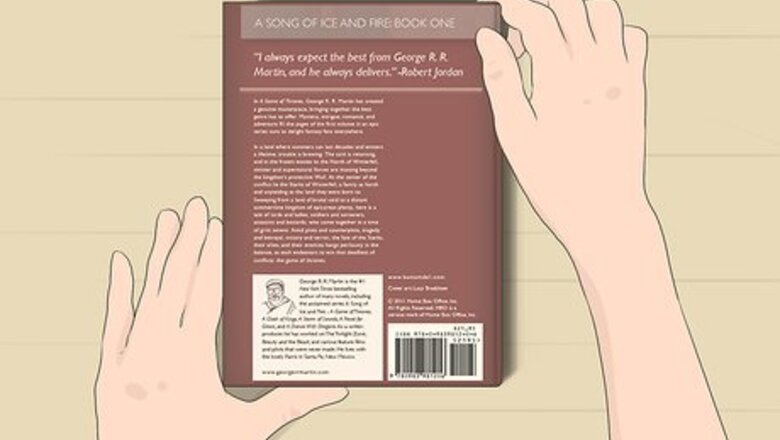
views
Writing a Basic Summary
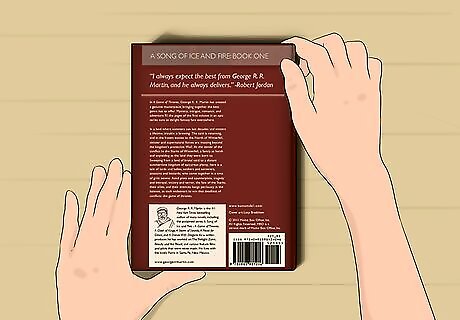
Look at blurbs written for similar books to get a sense of style. While it may seem like a good idea to make your blurb stand out from other books in your genre, it may deter readers since they don’t know what to expect from it. Look at the best-selling books that are in the same genre as yours and scan through their blurbs. Check for what the blurbs have in common and write down things you like about each of them so you know what to include in yours. For example, you shouldn’t write a blurb that reads like a thriller novel if your book is about business.
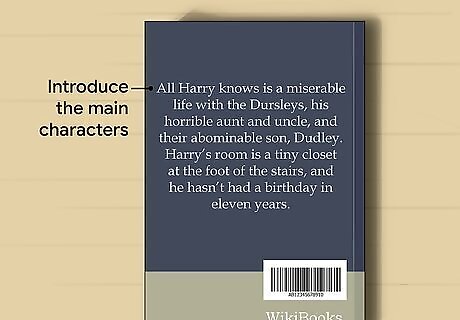
Introduce the main characters in your book. Mention the names of the main characters in your book so a reader knows who it's about. Use adjectives to describe your protagonist or what their relationship is like with other characters. Keep the backstory for your character limited to 2–3 sentences near the beginning of the blurb to keep it short and concise. For example, the start of the blurb for Harry Potter and the Sorcerer’s Stone reads, “All Harry knows is a miserable life with the Dursleys, his horrible aunt and uncle, and their abominable son, Dudley. Harry’s room is a tiny closet at the foot of the stairs, and he hasn’t had a birthday in eleven years.” As another example, the blurb for Fifty Shades of Grey starts, “When literature student Anastasia Steele interviews successful entrepreneur Christian Grey, she finds him very attractive and deeply intimidating.” Avoid mentioning minor characters in your blurb since it’s not important information to give potential readers.
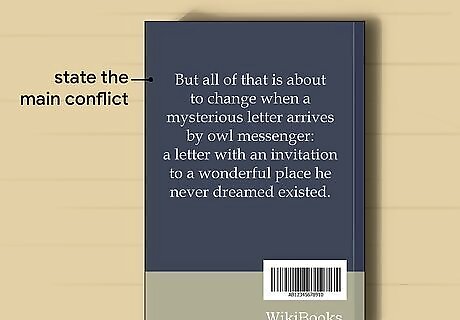
State the main conflict or problem of the book. Give a few details about what happens to your main character throughout the book so readers can get an idea of what to expect. Give 1–2 specific details about the main problem, but leave some statements vague so the reader gets more interested. Avoid spoiling too much of the plot in the blurb, or else people won’t have a reason to read the rest of your book. For example, the blurb for Harry Potter and the Sorcerer’s Stone continues, “But all of that is about to change when a mysterious letter arrives by owl messenger: a letter with an invitation to a wonderful place he never dreamed existed.” Look at the blurbs for books you’ve read and enjoyed to see how they summarize the story.
Adding Style to the Blurb
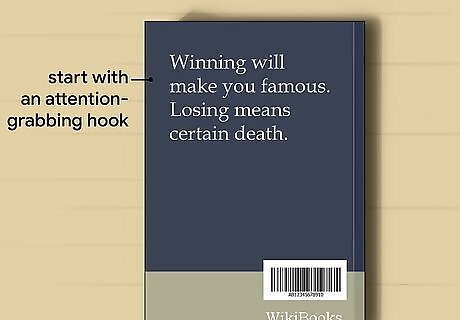
Start with an attention-grabbing hook for your opening sentences. Think of a 1–2 short sentences that relate to the theme or plot of your book. Use statements that will capture a reader’s emotions and interest by introducing the main ideas of the story. Make the first sentences of your blurb stand out from the others by using different formatting, such as making them bold or in italics, so they’re easier for a reader to see. For example, the blurb for The Hunger Games starts with the lines, “Winning will make you famous. Losing means certain death.” If you’ve written other successful books, you may hook a reader by mentioning it. For example, a blurb for Stephen King could read, “From the author that brought you It comes a new terrifying story.”
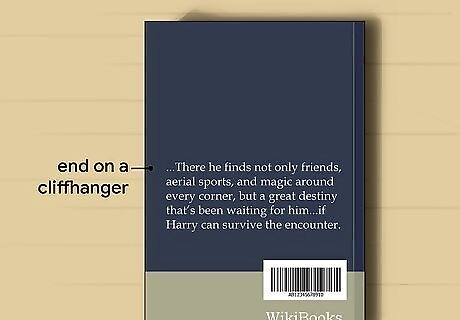
End your blurb on a cliffhanger to keep the reader interested. Don’t spoil the entire plot of your book in the blurb or else people won’t have any reason to read the rest of the story. Hint at some of the events, but leave the reader questioning what’s going to happen with your last line. Try using a vague statement or posing a question to the reader so they wonder how the story will turn out. For example, the end of the blurb for Harry Potter and the Sorcerer’s Stone says, “There he finds not only friends, aerial sports, and magic around every corner, but a great destiny that’s been waiting for him...if Harry can survive the encounter.”

Keep the blurb in the same tone as the book. Consider the target audience you want for your book and make sure the language you use in your blurb appeals to them. Don’t make the blurb different stylistically than the rest of the book, or else readers will get confused about the genre you’re trying to write. If you’re writing a blurb for a mystery book, make the language more ominous than if you were writing something romantic.
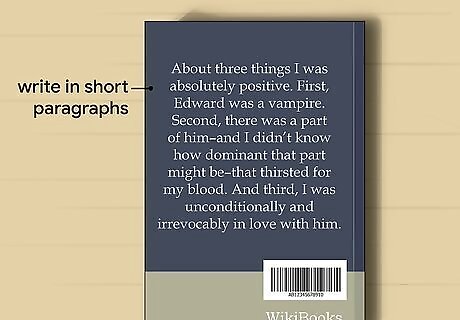
Write in short paragraphs so a reader can easily scan through it. Avoid leaving your blurb in a long paragraph since it can be intimidating to new readers and may deter them from reading your book. Keep your paragraphs only 3–4 sentences long or use bullet points to list the main ideas presented in your book. If you want to make your blurb stand out more, put line breaks between the sentences so they seem more prominent. For example, the blurb for Twilight is, "About three things I was absolutely positive. First, Edward was a vampire. Second, there was a part of him–and I didn’t know how dominant that part might be–that thirsted for my blood. And third, I was unconditionally and irrevocably in love with him."
Formatting the Blurb
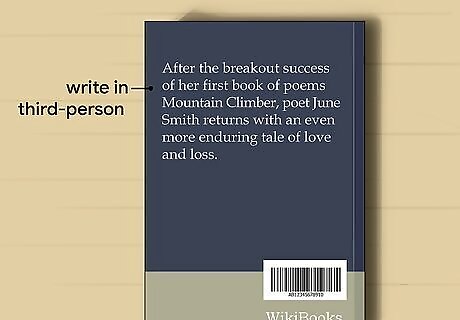
Write your blurb from the third-person perspective. Avoid using “I” or “me” phrases in the blurb since a person checking the back cover won’t know who it’s referring to. Use your character’s full name or pronouns throughout your blurb to help a potential reader connect with the protagonist easier.
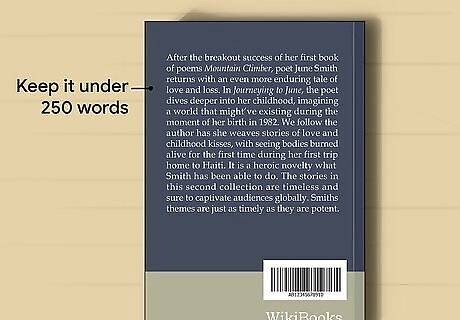
Keep the blurb under 250 words. Only provide enough information in the blurb to hook readers into the rest of your book. Avoid including too many details or overly flowery language since it could be too difficult to understand the main idea of your book. If your blurb is too long, take some time to edit it and cut sentences that aren’t as important to the plot. Publishers may have additional requirements or restrictions on the length of your blurb, so be sure to check with them if you aren’t self-publishing.
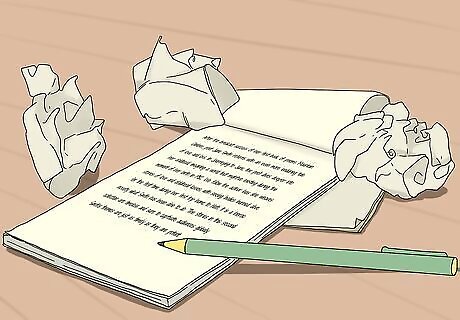
Try multiple drafts of your blurb until you find one you’re happy with. Don’t settle for the first blurb you write since you may be able to think of something better later on. Try multiple versions of the blurb and let people read them. Ask them to choose the blurb that caught their attention the most to see what works the best for a wider audience.
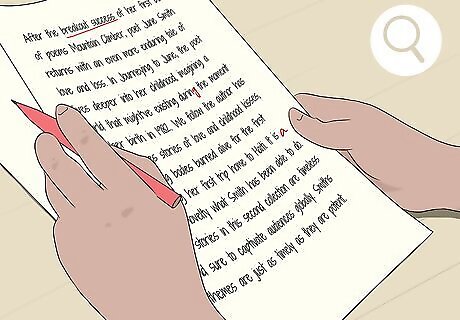
Check your blurb for grammar and spelling. Go through your blurb line by line and make sure everything is spelled correctly, using a spell-check feature if necessary. Read it out loud and listen for any areas that sound awkward or don’t flow as well as you would like. Continue editing your blurb until you’re happy with how it reads. If you can’t find any more errors in your writing, try giving it to someone else since they may see something you didn’t notice before.
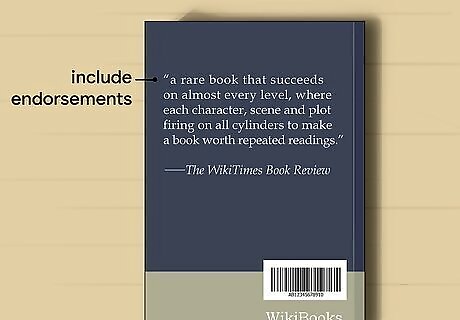
Include endorsements from authors or reviewers if you have any. If you’ve sent copies of your book to reviewers or other authors and they’ve praised it, you can include 2–3 quotes above or below your blurb to help your book sell better. Make sure the authors are well-known or that the reviewers are from a recognizable source, or else potential readers won’t know them and question their credibility. If you’re self-publishing or unable to get endorsements, you don’t need to include them in your blurb.
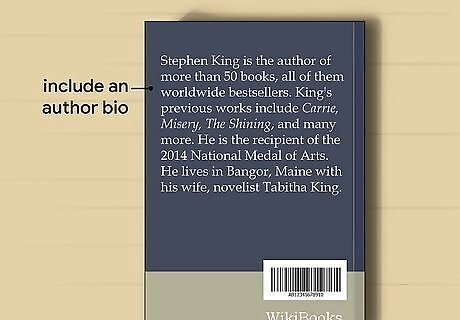
Include an author bio so people can learn more about you. Start by stating your name and what you do in the first sentence of the bio. Then write down any other popular works that you’ve published or awards you’ve won for your books. If you want, you can also include where you live, your hobbies, and any other qualifications you have that are relevant to the book. Write the bio in the third-person and keep it less than 100 words. For example, a bio for Stephen King could read, “Stephen King is the author of more than 50 books, all of them worldwide bestsellers. King's previous works include Carrie, Misery, The Shining, and many more. He is the recipient of the 2014 National Medal of Arts. He lives in Bangor, Maine with his wife, novelist Tabitha King.” If you have a publisher, they will usually write the bio for you. Include a photo of yourself if you want to help your readers connect more with your writing.










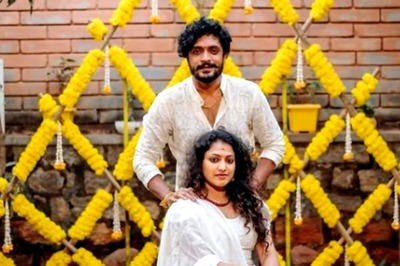
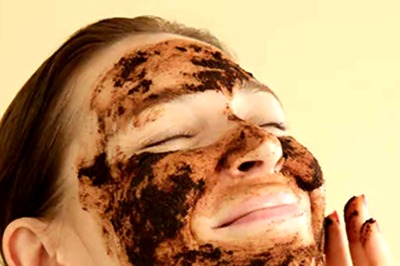



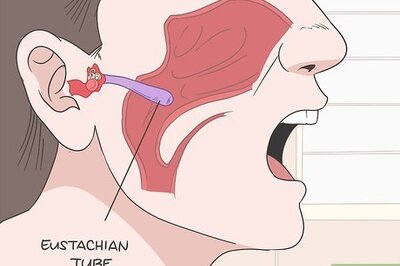


Comments
0 comment